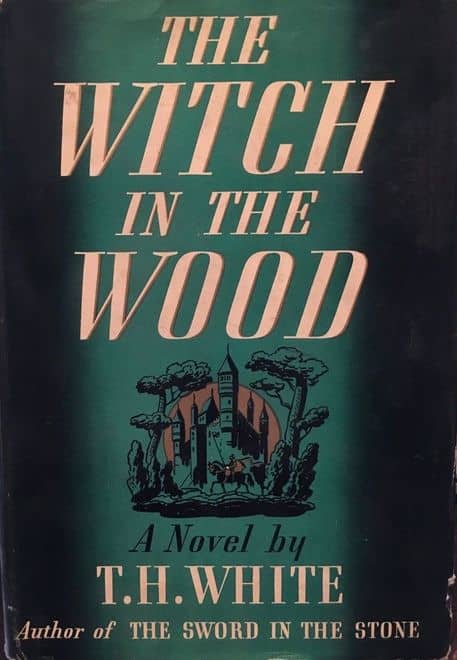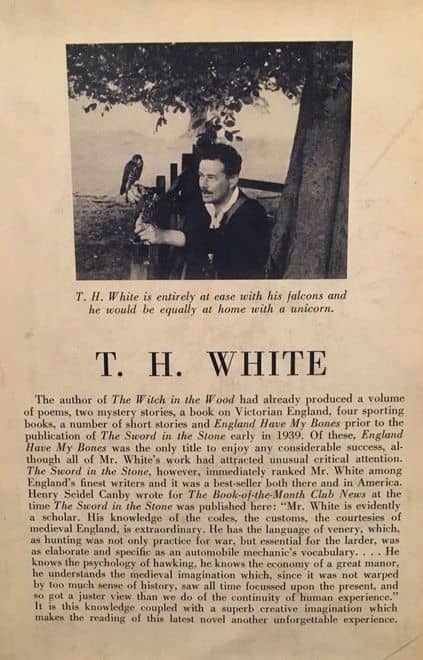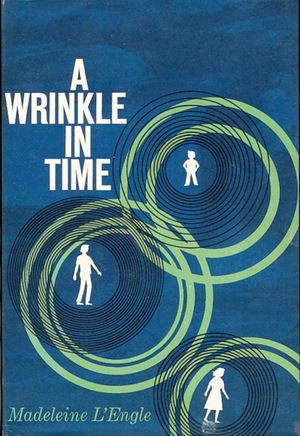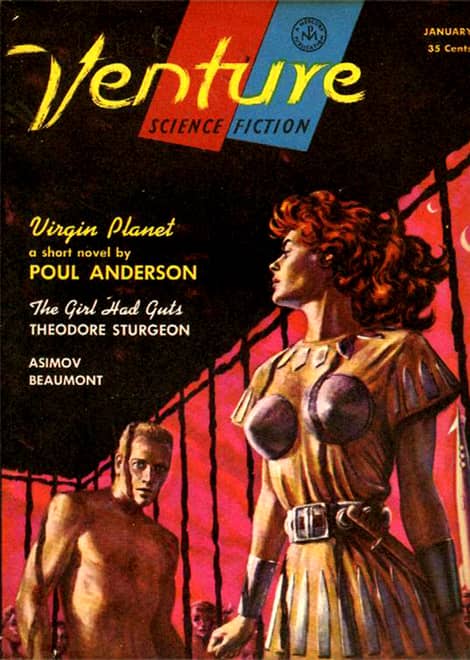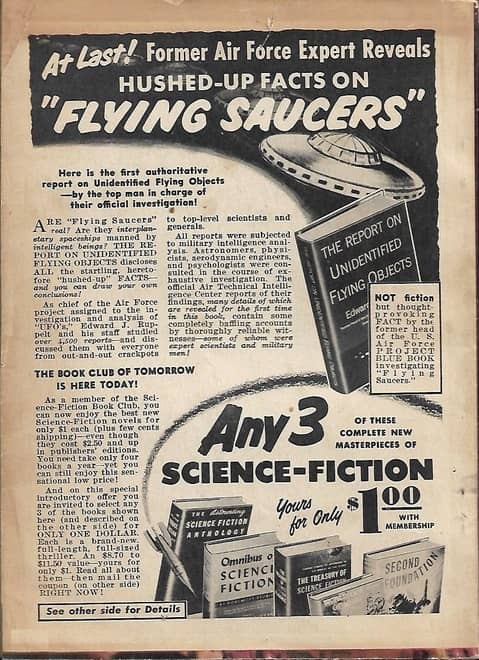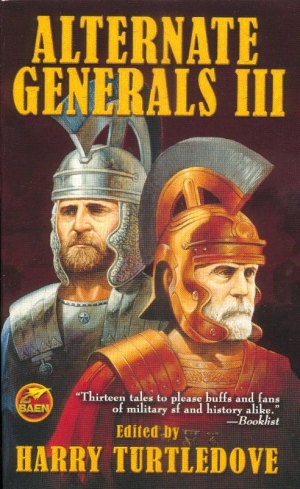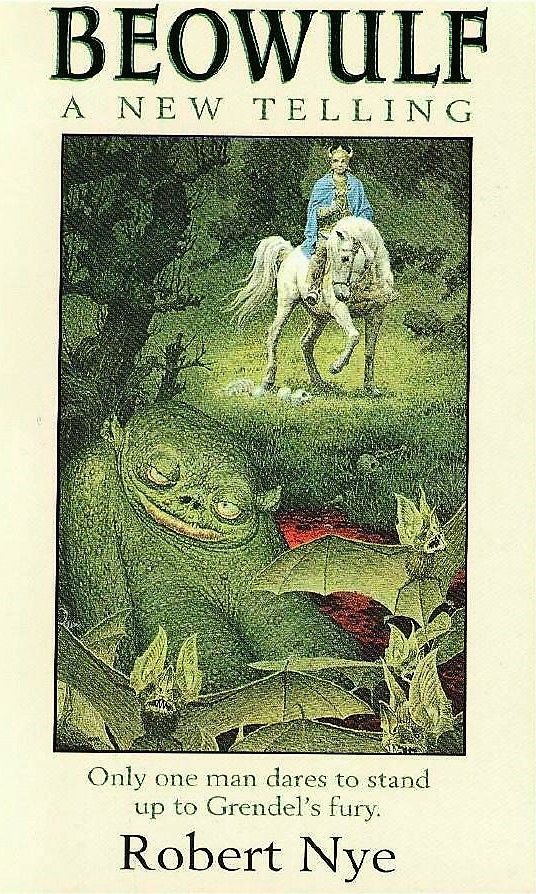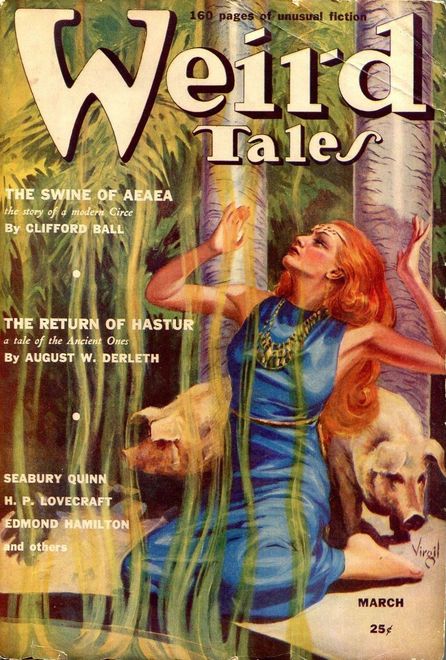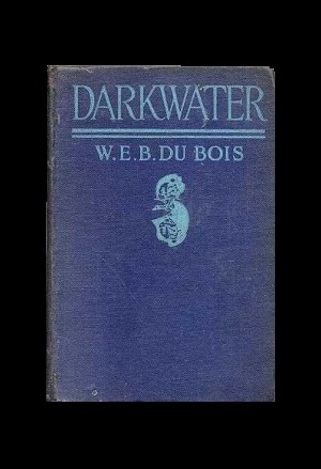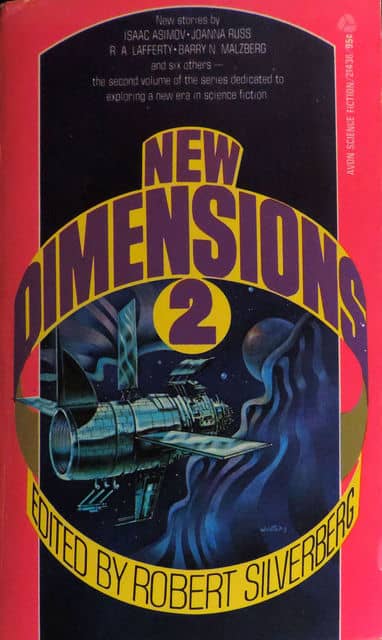Birthday Reviews: Stephen Goldin’s “The Last Ghost”
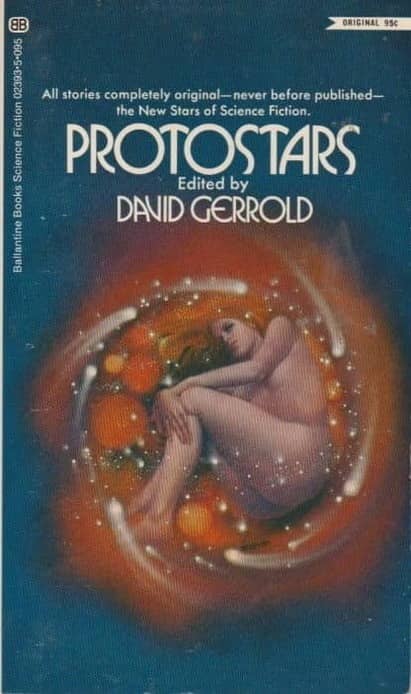 |
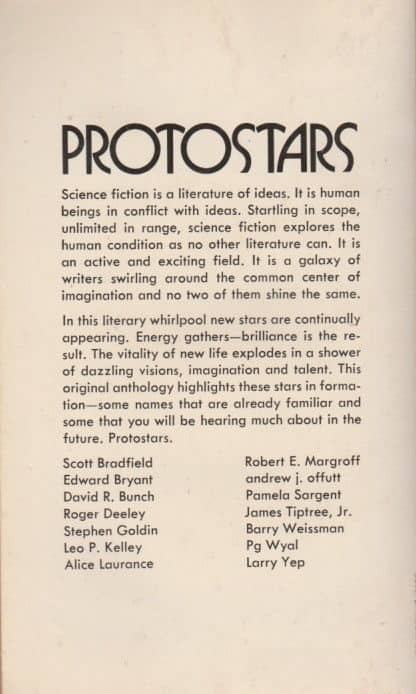 |
Cover by Gene Szafran
Stephen Goldin was born on February 28, 1947. Prior to becoming a science fiction author, Goldin earned a degree in astronomy and worked as a civilian space scientist for the US Navy.
Beginning in 1976, Goldin wrote the Family d’Alembert novels, based on a novella by E.E. “Doc” Smith. He followed that series up with the Parsina Saga and wrote the two volume Rehumanization of Jade Darcy series in collaboration with his second wife, Mary Mason.
He co-edited the anthology Protostars with David Gerrold and edited the anthology The Alien Condition solo. Goldin also collaborated with his first wife, Kathleen Sky, on both fiction and non-fiction. He received a Nebula nomination for his short story “The Last Ghost” in 1972.
“The Last Ghost” originally appeared in the 1971 anthology Protostars, edited by David Gerrold and Stephen Goldin. Lloyd Biggle, Jr. reprinted it in Nebula Award Stories Seven. Goldin included it in two of his collections, The Last Ghost and Other Stories and Ghosts, Girls, & Other Phantasms. It has been translated into French twice and German twice.
Goldin looks at a distant future in which immorality of a sort has been achieved by downloading people’s consciousness into machines. His two characters, which he arbitrarily designates as male and female, have both been downloaded into a computer for several thousand years.
